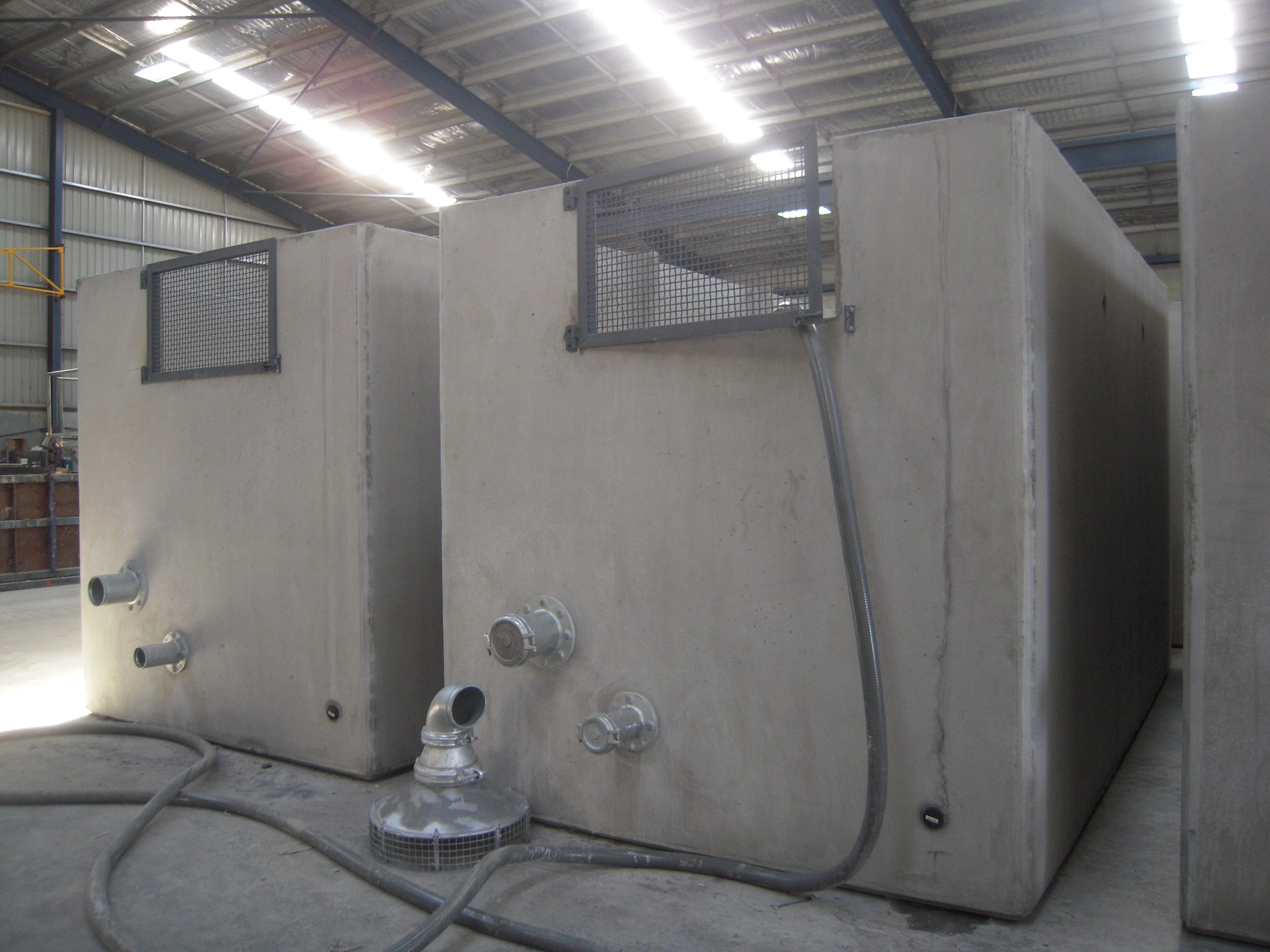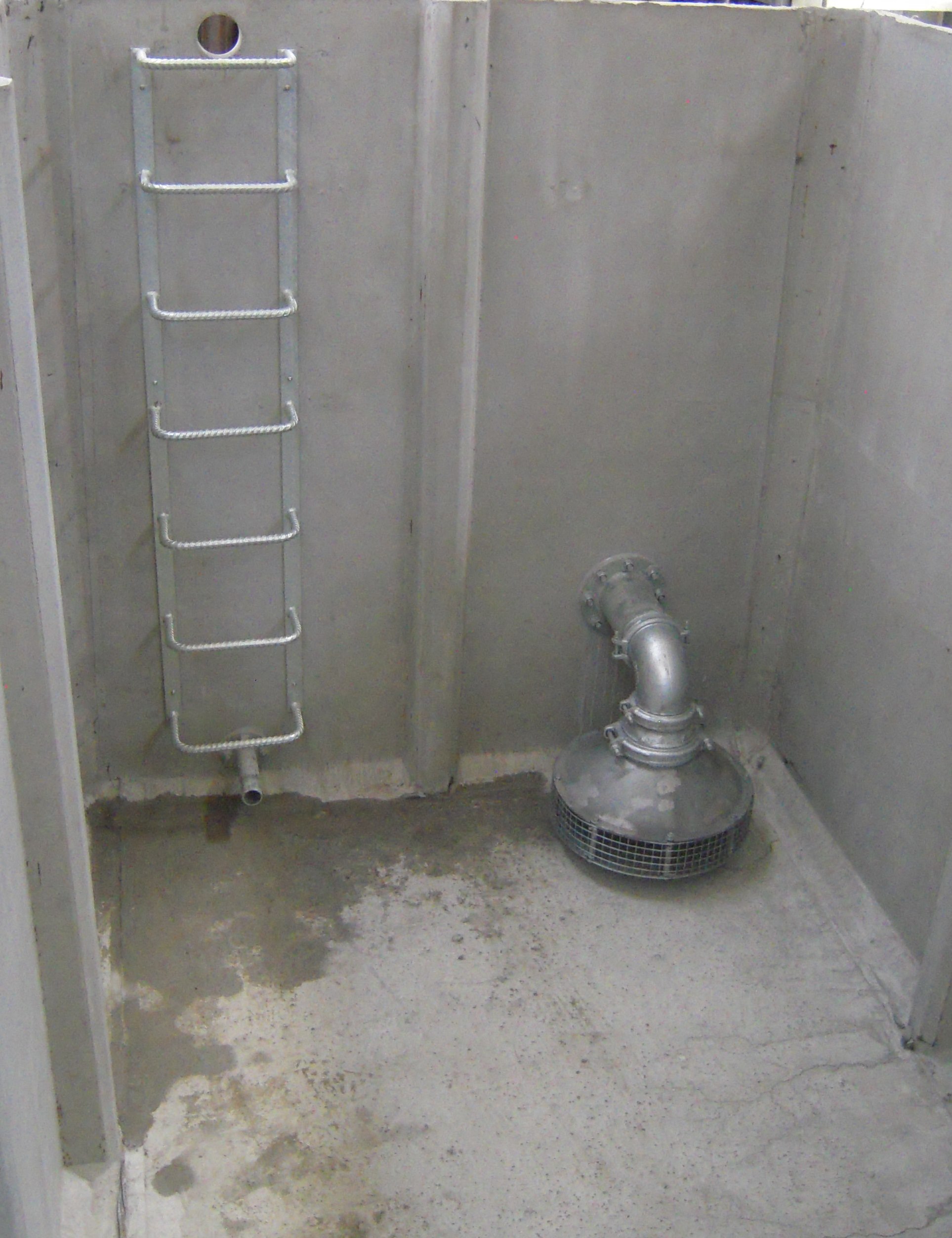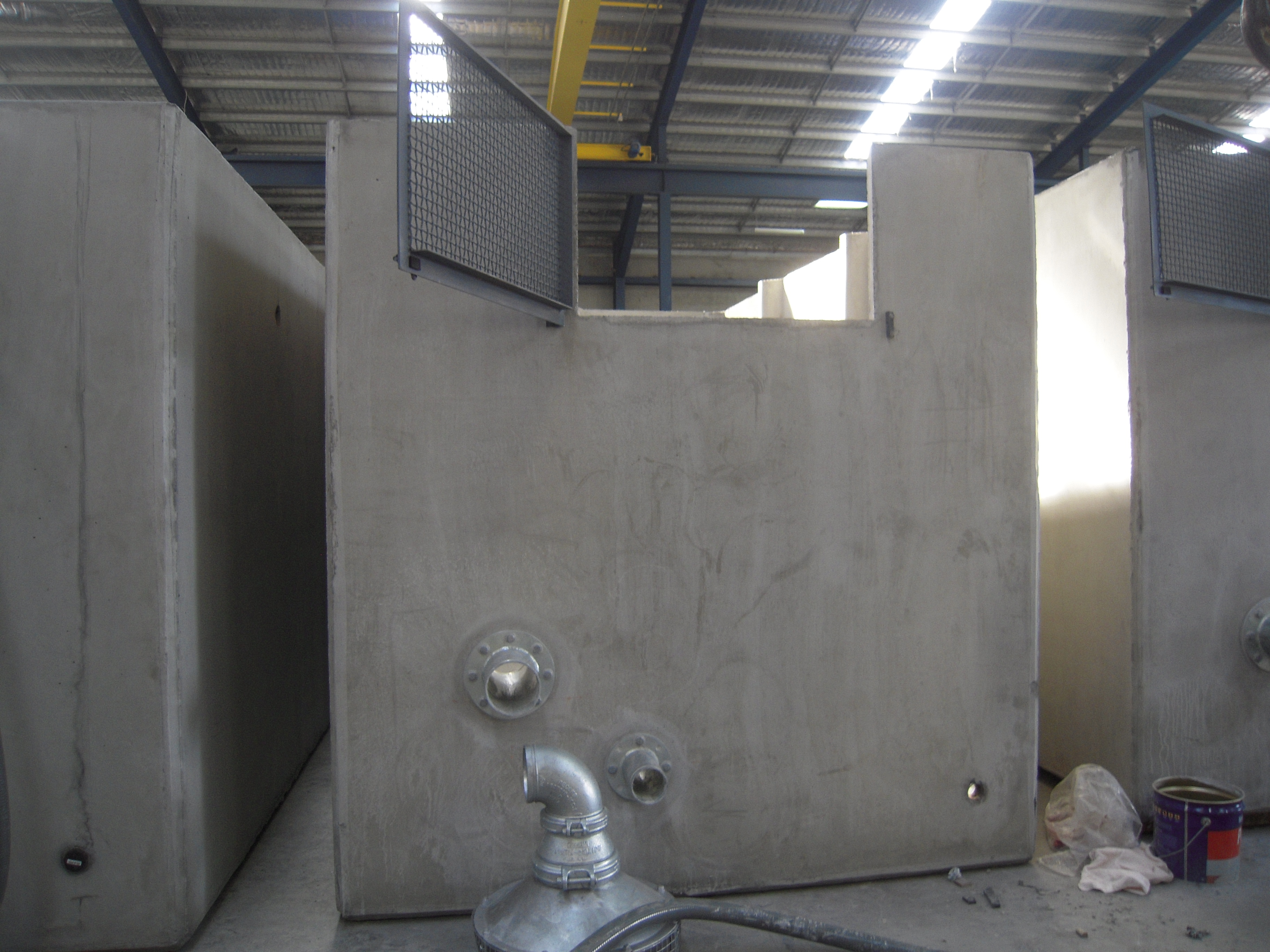**Please note Versatile Tanks DO NOT repair water tanks**
With the size of commercial buildings in urban areas and housing estates ever increasing, so is the inevitable demand for adaptation when it comes to storing water for putting out fires. The fact is, with legislation as strict as it is, you can’t take any chances when it comes to safeguarding your client’s home– and it’s the very reason we’ve done our research so you don’t have to.
That’s right; we’re bringing you all you need to know about your best bet out there when it comes to protecting domestic buildings – and it’s this: concrete fire tanks.
It’s mandatory to build a fire fighting tank if you’re in an area of Australia which is at risk of bush fires. If yours is an area prone to such fires, it isn’t an option but a requirement to install a fire fighting tank.
We’d all like a home or business facility we can rely on and concrete fire tanks offer just that – reliability and added peace of mind, at home or at work. So if you’re looking for some advice when it comes to concrete fire tanks and why it’s a great idea to consider installing one – and pronto – you’ve come to the right place.
What is a Concrete Fire Tank?
You’re probably aware by now what exactly a concrete fire tank is – and perhaps you’re also in possession of a little knowhow about how it can help it can help you enjoy a safer life or workplace, too. But if not, allow us to tell you more…
In short, they’re an above-ground external concrete water storage tank used for extinguishing fires. This is a vital piece of equipment in most businesses or homes, of course, and it’s the reason why so many contractors and homeowners choose to splash out.
Why Concrete?
Perfect for use as a fire fighting water storage, concrete works for one reason only: it can’t be set on fire. Why? It’s made up of non-combustible materials, including cement and water, and it doesn’t emit toxic fumes either. Neither, on the other hand, does it produce smoke. So you see it really does make sense to install a concrete fire tank when it comes to safeguarding a property, domestic or otherwise.
Another unique selling point worth knowing is that the concrete fire tank doesn’t drop molten particles when it’s exposed to fire. What that means for you is added assurance that you or your client can go about your day-to-day activities with no risk.
On top of this, concrete has a slow rate of heat transfer. Acting as a highly effective fire shield between adjacent spaces, it works hard to protect reinforcing bars from damage. If that wasn’t enough, it won’t cause any harm to internal concrete, either.
…And Why Do I Need a Concrete Fire Tank?
So we’ve talked about the benefits of installing a concrete fire tank already, but really what it comes down to is this: increased safety, at home or in the workplace.
If you’re in the business of putting the right steps in place to safeguard your clients, or you’d simply like to keep yourself and your family safe at home, you’ll definitely want to further your efforts with fire tanks that give you the peace of mind you’re looking for.
Don’t be put off when it comes to installation, either; it really isn’t as painstaking a process as you may have first thought.
With fire fighting tanks able to hold up to 22,500 litres of water, installation is bound to be a big job – but it’s not unachievable. How does it work, then?
Above-ground tanks can simply be interlinked together and placed side by side or end to end. Failing this, they can even stand alone and still do their job effectively.
They don’t need to be installed on a concrete base, unless absolutely necessary – and if this is the case, the fire fighting tank can simply be positioned on a slab. In this instance, only a 100mm-thick level sand bed or crusher base will be required.
Manufactured to the AS3600 concrete structures specification, fire fighting water tanks are designed to withstand exposure classifications B1, B2 and C. This is to ensure the structure falls in line with AS3735-2001 concrete liquid retaining structures standards.
Using a high strength concrete cured to 72mpa in 28days, concrete fire tank companies ensure that you receive nothing short of an extremely solid structure.
Finally, the life cycle of a concrete fire fighting tank is almost double that of a steel one, so you see, you really will be getting great value for money as well as the assurance they need that your business premises or home is protected at all times.
If you are going to install a concrete fire tank, it’s important that you first check the requirements of your local government. You can be sure, however, that Versatile Tanks Fire Fighting Tanks are suitable; the minimum requirement is 10,000 litres and the company’s tanks are more than capable of this. You must also ensure that your concrete fire tank is relatively easy to access too, due to ever-strict safety regulations.
What Will It Cost to Install a Concrete Fire Tank?
The cost associated with installation of your concrete fire tank varies; it all comes down to your unique requirements and the size of fire tank your premises or home can accommodate. Only once this has been established can a quote be drawn up.
What Are the Dimensions and Weight of a Concrete Fire Tank?
Of course, dimensions vary widely as well – some are 2400mm wide and 2600mm high by 4400 long, while others are slightly smaller or even larger.
To give you a better idea of weight, however, the average fire fighting water tanks will come in at around 11.7 tonnes. With a 5kpa load rating, the average lid is also fairly large too, with the entire tank needing to be delivered via a semi trailer approximately 19m long.
Of course, such a long trailer is required due to the weight of the tank, with a standard sized semi trailer easily accommodating two fire water tanks.
Concrete Fire Tanks: Some Things Worth Knowing
There’s lots worth knowing about fire water storage tanks, particularly if you’re ready to take the plunge and have one installed on behalf of a client.
Did you know, for instance, that the longer concrete cures, the less water is retained in the walls of a concrete structure?
On top of this, there’s also much less chance for spalling from direct heat. And this is simply because fire-induced spalling can occur in concrete with high water content.
Concrete fire tanks available online generally have a glass-like finish, both internally and externally. What this does is it allows for little to no air entrapment in the walls and also ensures moisture can’t reside in the stricture. This works by giving the concrete more resilience to radiant heat – another added benefit for anyone looking to safeguard their company or home.
Equipped with Vortex inhibitors, suction connections, access in tank lids, and galvanised step irons installed, concrete water tanks always keep your engineer’s specifications in mind, too.
 So, what to do next?
So, what to do next?
Interested in discussing how a fire fighting water tank might benefit you, your home or your business? Do not hesitate to get in touch to chat about your unique requirements.
If your concrete fire tank leaks, you can also find out some useful information regarding what to do going forwards. Still stuck? Take a look around our blog for more.
